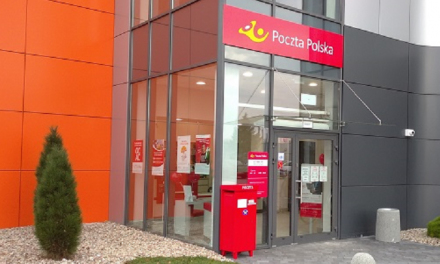
How to ensure in-house delivery success

The rise of omni-channel retail is putting increased pressure on delivery and reverse logistics capabilities, writes Niklas Hedin, CEO of Centiro. Today’s consumer is dictating how and when they would like to receive goods, as well as how they would like to return them. In order to meet demand many retailers are looking to expand their carrier networks. However, by increasing their use of third-party carriers, retailers risk losing control of their brand experience and last-mile interactions. This concern is not unfounded: according to YouGov research 48% of shoppers encountering problems from over the Christmas period had suffered from late deliveries or never received their goods, while a further 48% had suffered from missed deliveries, including when they were at home. Amazon has now taken the majority of its deliveries in-house with Amazon Logistics now processing up to 80% of its UK sales. Seeing Amazon as an innovator, many retailers are looking with interest to see if taking more deliveries in-house will boost margins and enhance their customer relationships. So if retailers are to take more of their delivery operation in-house, what are the ingredients for success?
Getting ship shape for in house deliveries
The first thing that retailers need to consider when taking deliveries back in house is that a one size fits all approach won’t be enough to meet today’s customer demands. Greater visibility into supply chains is what is needed to allow retailers to optimise resources and create greater efficiencies. For example, by having greater insight into where inventory resides, and the flexibility to use a variety of delivery services, retailers should be able to make better delivery decisions. For instance, in some cases it may end up being much more efficient to deliver a particular item from a nearby store as opposed to a centralised distribution centre. Against this backdrop, we are likely to see retailers use a combination of ‘mini hubs’ and larger distribution centres in order to meet today’s customer demands.
Customers still come first
When moving deliveries in house you ultimately need to make sure service levels improve to justify the move. Demanding consumers, who want to receive goods quicker than ever before, are contracting order-to-delivery windows from weeks and days to hours and even minutes. This in turn is putting pressures on retailers’ delivery capabilities to meet customer demand or shoppers will go elsewhere. At the same time they also need to ensure they aren’t ‘overselling’ delivery slots. The whole delivery and returns process needs to give a full circle brand experience that encourages loyalty. Customers need to be offered more choice and flexibility in delivery options, with a broad range of choices based on geography, cost, lead time and pick up location or home delivery. Better insight into delivery networks also allows retailers to make better decisions and tailor delivery services to customer needs and fulfil order promises.
Keep them coming back for more
But it shouldn’t stop there, retailers must also handle returns effectively to avoid damaging the customers’ perception of their brand and encourage them to shop with them again. This means in house delivery networks need to be able to simultaneously handle returns and make it a revenue generator rather than a cost recovery exercise. Retailers can benefit from knowing when it is more cost effective to let a customer keep the original item rather than returning it, and also prioritise returns from their most regular shoppers to encourage loyalty. The modern shopper has higher expectations of deliveries and returns than ever before, so in house deliveries need to exceed on these expectations, or retailers risk losing them to the competition.
A case for carriers
If retailers get the above factors right they can always look to supplement their carrier network with additional carriers when there are peaks in demand. Cloud-based delivery management software can help retailers on board new carriers in a matter of weeks, meaning they can get the best of both worlds.
Taking deliveries in house is a big step but can be achieved successfully with the right insight into delivery networks. At the same time, this understanding can also allow retailers continuing to use carriers to gain greater control of the customer last mile experience. Full visibility into all delivery networks can allow retailers to meet customer promises and exceed on expectations.










